Rievaulx Abbey
PILGRIMAGE UK: HOLY PLACES
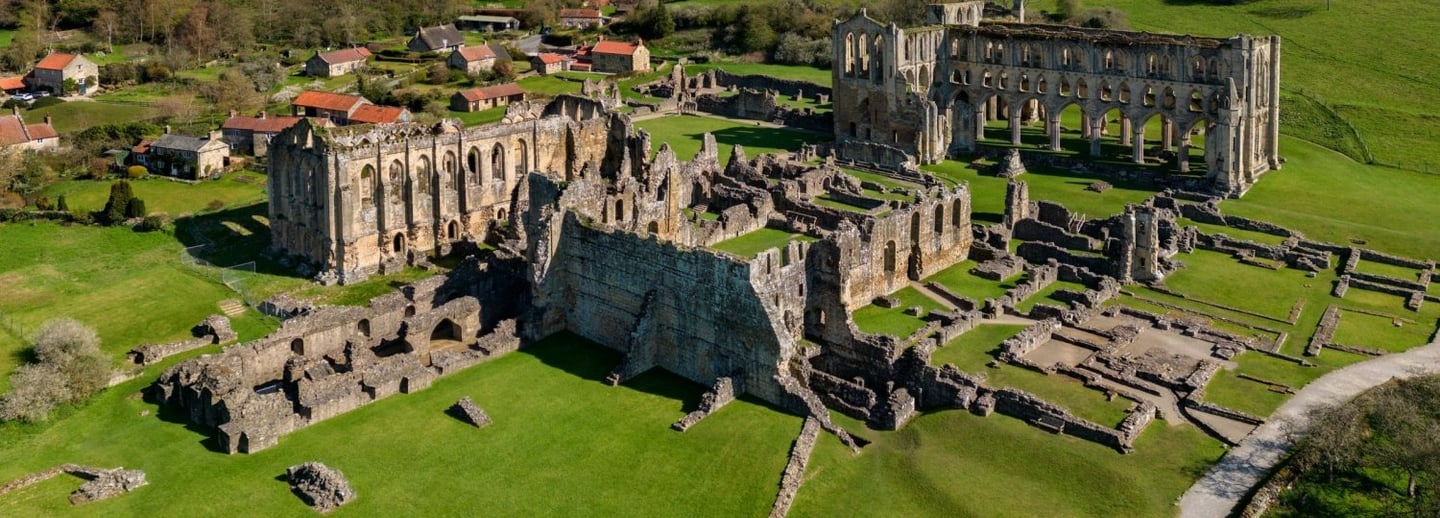

Nestled in a secluded, wooded valley of North Yorkshire, Rievaulx Abbey remains one of England’s most evocative monastic ruins—a hallowed site where the refined simplicity of Cistercian architecture and the enduring spirit of medieval devotion continue to inspire. Founded in 1132 as the first Cistercian monastery in the north of England, the abbey was established on generous lands bestowed by local benefactors and rapidly grew into a centre of spiritual vigour, economic enterprise, and artistic expression. Today, as the ruins quietly gather the mists of early morning and golden rays of late afternoon, they invite the pilgrim and historian alike to reflect upon the passage of time and the resilience of faith.
Stepping through the overgrown entrance of Rievaulx, one is immediately struck by the sense of sublime isolation. The abbey’s surviving stone structures—its cloisters, chapter house, and remnants of the abbey church—stand as testament to the unwavering labour, technical ingenuity, and deep religious commitment that shaped its creation. The Cistercian order, with its ideals of austerity and self-reliance, sought to live in harmony with nature, and this vision is compellingly embodied in the site’s integration into its natural setting. Verdant woodland and the gently meandering course of the River Rye, which was once skilfully diverted by monk-engineers to serve the abbey’s needs, create an atmosphere of quiet contemplation. Here, the interplay of light and shadow upon ancient stone conjures memories of monks devoted to prayer in silence, the soft chant of Gregorian psalms echoing against cold walls.
Rievaulx Abbey was not only a place of spiritual retreat but also a potent symbol of the transformative power of monastic life. Under the visionary leadership of its early abbots, particularly the celebrated Abbot Aelred – whose erudition and pastoral care earned him renown across medieval Europe – the abbey flourished. At the height of its splendour, the community expanded to include nearly 140 monks and 500 lay brothers, a testament to the order’s impressive organisational strength and unwavering dedication. Such prosperity was underpinned by the abbey's involvement in sheep rearing and wool trade, which generated considerable wealth and brought Rievaulx into contact with continental markets. Yet for all its material success, the true legacy of Rievaulx lay in its spiritual ethos—a commitment to simplicity, humility, and a disciplined pursuit of truth that transcended worldly gain.
Walking slowly along the crumbling cloisters, one is struck by the juxtaposition of grandeur and decay. The very stones, worn smooth by centuries of weather and human touch, seem to murmur tales of reverence, solitude, and intellectual enquiry. There is an unmistakable sense that each fragment of moulded stone, each broken column, has silently witnessed countless prayers and meditations, forging an enduring link between past and present. For the contemplative visitor, the ruins offer more than a historical record; they serve as a mirror reflecting the eternal quest for inner peace and understanding. Amid these silent vestiges, the transient nature of earthly ambition is laid bare, while the timeless spirit of faith burns ever bright.
The natural environment that envelopes Rievaulx further enhances its mystical allure. Surrounded by a tapestry of woodlands dotted with wildflowers and ferns, and with the gentle flow of the River Rye nearby, the abbey is a place where the rhythm of nature and the order of monastic life are inextricably intertwined. The rustling of leaves in the cool breeze and the intermittent songs of birds blend with the soft sound of water – a gentle but persistent reminder of the perennial cycle of decay and renewal. For many modern pilgrims, this harmonious dialogue between built heritage and the natural world is deeply reassuring, suggesting that the values of the past are ever-capable of offering solace in moments of contemporary uncertainty.
In reflecting upon Rievaulx Abbey, one may not help but consider the bittersweet impact of the English Reformation on such sacred institutions. In 1538, with the dissolution of the monasteries under Henry VIII, Rievaulx was reduced to ruins—a stark symbol of the turbulent forces of change that reshaped the religious and cultural landscape of England. Yet even in its state of disrepair, the abbey has come to represent a resilient continuity of spiritual life. Its majestic ruins have long served as a source of inspiration for Romantic poets and artists who saw in its crumbling walls the poetry of transience and the beauty of loss. In this way, the abbey’s fate mirrors the eternal human condition: the collision of impermanence with the desire for lasting meaning.
As you wander through the ancient precincts, there is an undeniable pull towards introspection. In the quiet recesses of a once-vibrant chapter house or the sun-dappled serenity of an overgrown garden, the echoes of a disciplined, devout community are palpable. The solitude of the abbey provides a sanctum for personal meditation, offering the opportunity to disengage from modern distractions and enter a state of reflective stillness reminiscent of the monastic meditation that once characterised daily life here. At times, one feels as if the very air is charged with the whispered voices of long-departed monks, urging contemporary seekers to embrace the simple, yet profound, truths of existence.
The story of Rievaulx Abbey is one of both decline and rebirth. In its current form, the ruins are carefully preserved by English Heritage, and they serve not merely as relics of a bygone era but as active spaces of historical engagement. Tours, acoustic experiments, and exhibitions bring new life to the site, inviting visitors of all ages to draw lessons from the abbey’s remarkable legacy. In this renewed context, the abbey stands as a reminder that even amid decay, there is the possibility of regeneration—a concept deeply rooted in the very principles of Christian resurrection and hope.
For the modern visitor, a pilgrimage to Rievaulx Abbey is an invitation to engage with the dual nature of human endeavour: the ceaseless, often Sisyphean, aspiration to create and preserve beauty, and the natural, inevitable passage of time that reshapes all creations. It is an opportunity to witness firsthand how human hands once transformed nature into a sacred space, and how, in turn, nature reclaims even the most monumental of our achievements. The interplay between these forces, observed in every breath of wind through the aged arches and every ripple upon the water’s surface, serves as a gentle meditation on the enduring truths that underpin our existence.
Ultimately, Rievaulx Abbey remains much more than a historical monument or a collection of crumbling stones. It is a living repository of faith, creativity, and the eternal pursuit of spiritual understanding. Each visitor who walks its ancient paths leaves with a renewed sense of the imperishable nature of belief, a deeper appreciation for the sacrifices of those who sought God in solitude, and a profound recognition of the beauty inherent in impermanence. In the quiet majesty of Rievaulx, amid its storied past and enveloping natural splendour, the soul is invited to embrace both loss and hope, to find solace in the echoes of prayer and inspiration in the silent testimony of the ages.
As the day wanes and the abbey’s silhouette is slowly embraced by the soft glow of dusk, one cannot help but feel as though time itself stands still. The majesty of Rievaulx Abbey, its tranquil surroundings and enduring legacy coalesce into a single, timeless meditation. In this sacred space, where history and nature join in an immaculate dialogue, the eternal search for meaning is not a burden but a quiet, liberating journey—one that continues to whisper its enduring message: that in the face of inexorable time, faith remains an everlasting beacon guiding us towards the light of hope and redemption.
Rievaulx Abbey: A Reflection on Medieval Devotion and Timeless Renewal
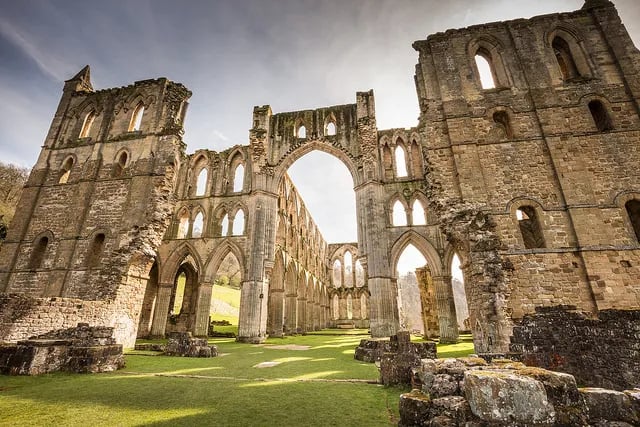

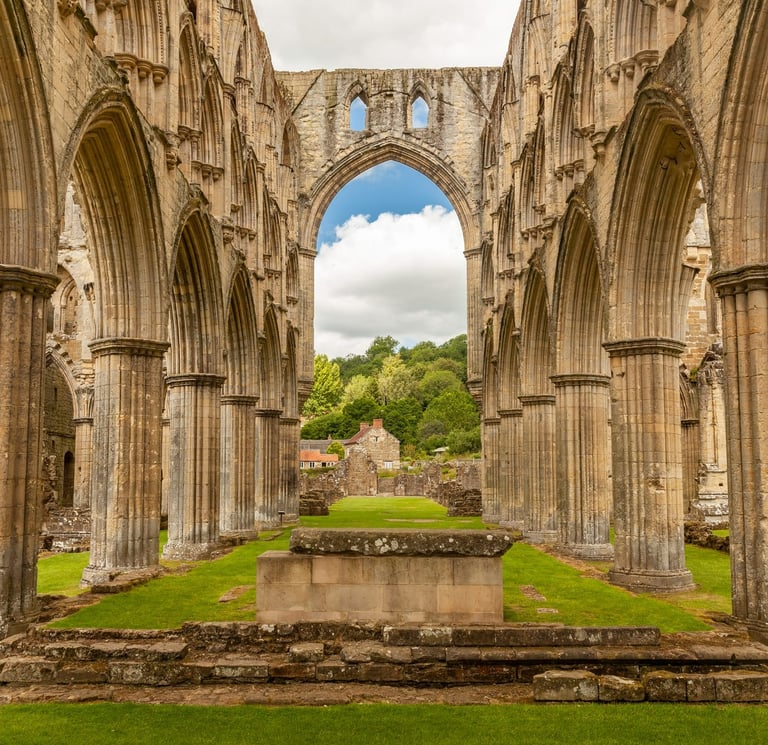

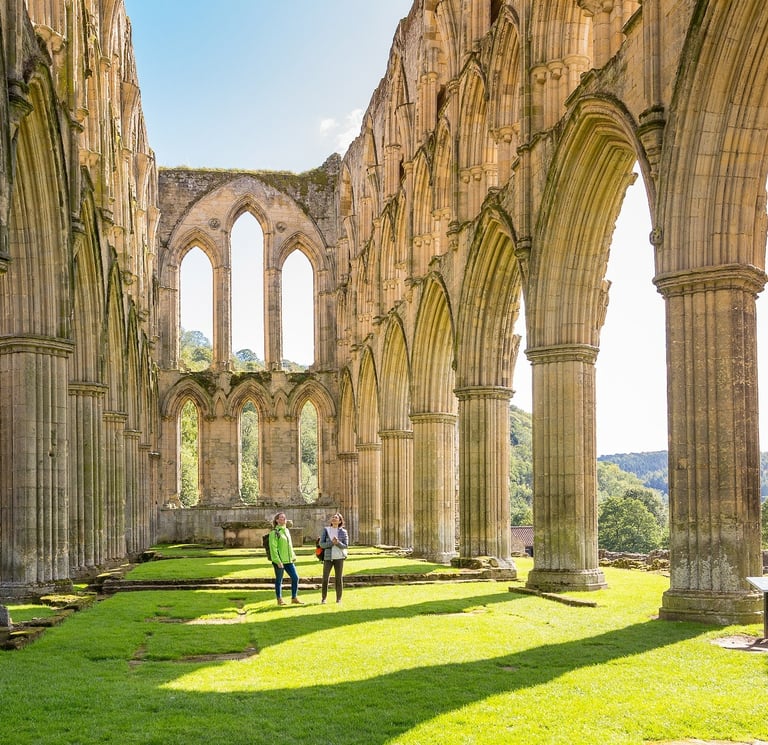

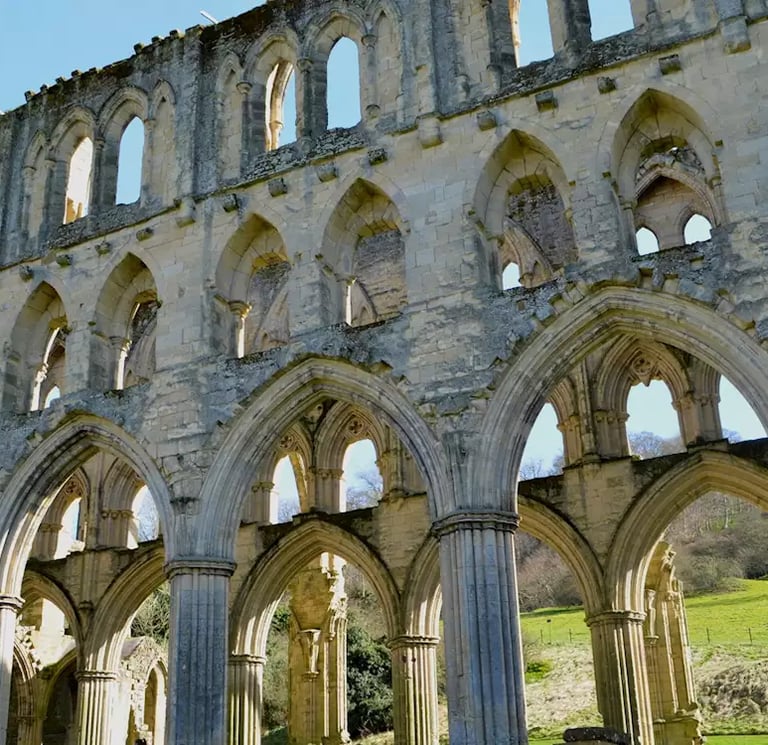

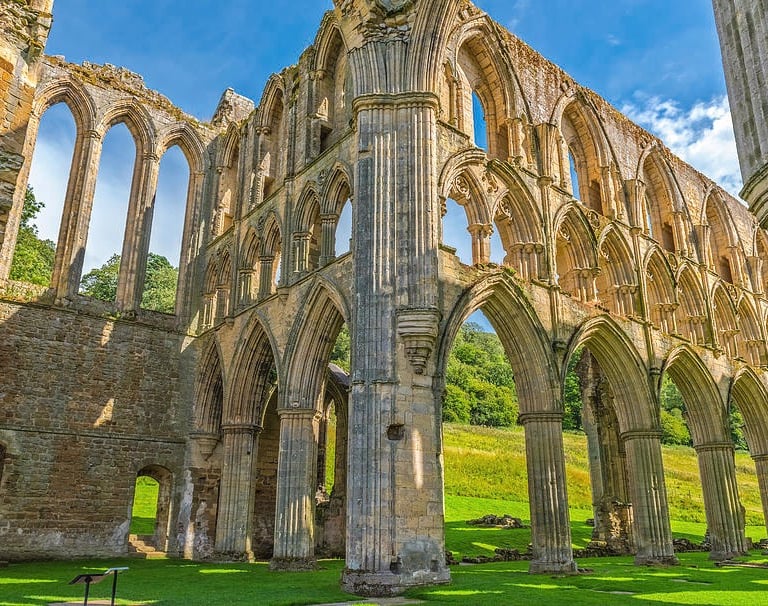

Ancient Apostolic Catholic Church
Embracing faith, inclusion, and compassionate service together.
ST THOMAS AQUINAS SEMINARY
© 2025. All rights reserved
QUICK LINKS
